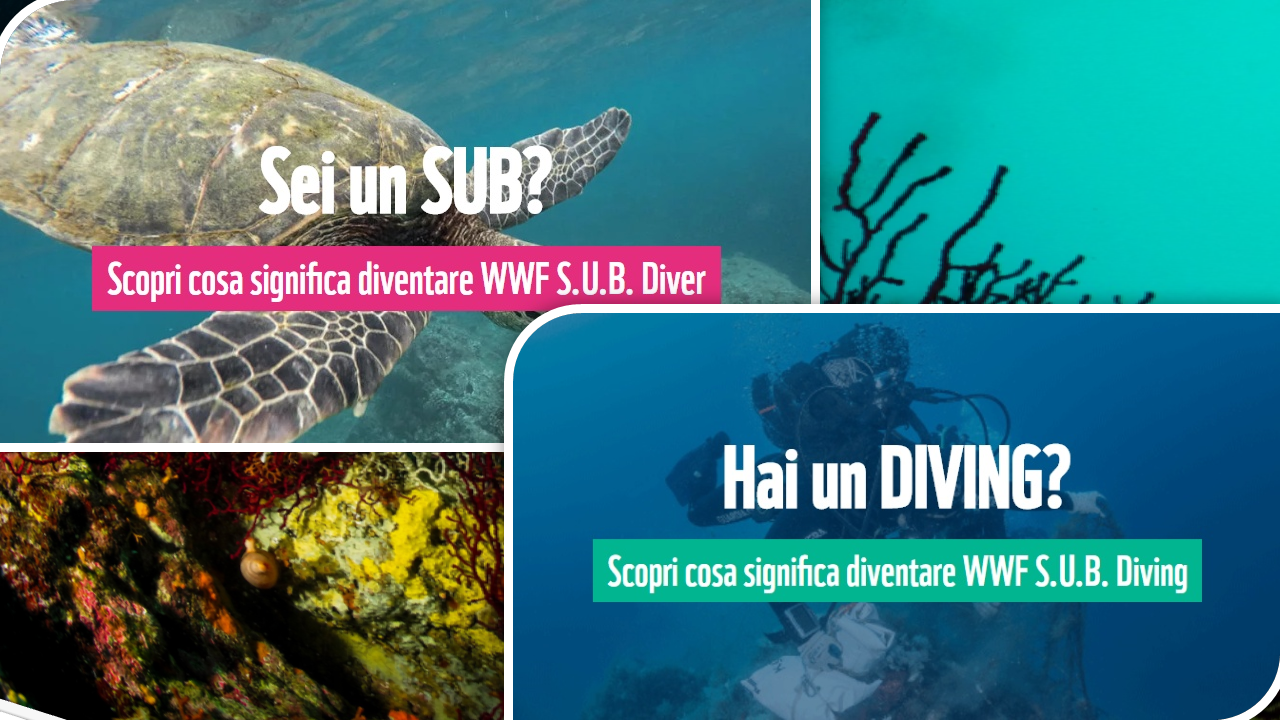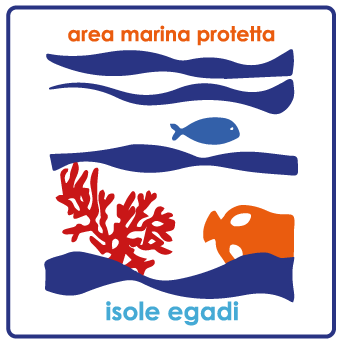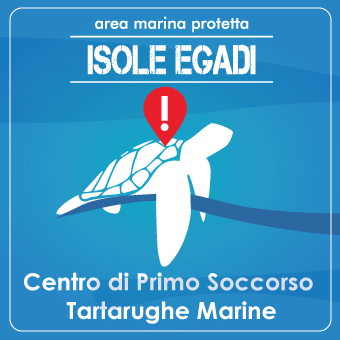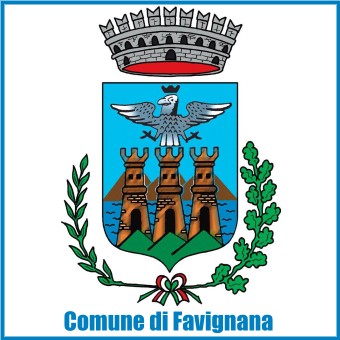A book that cannot be missed for lovers of Favignanese and Sicilian history as well as that of Sicilian liberty style “The age of the Florio family” by Sellerio Editore (1985).
https://sellerio.it/it/catalogo/Eta-Florio/Giuffrida-Lentini/11337
In almost 300 large format pages in addition to the splendid period photos a capillary reconstruction of the adventure of this great family that has distorted the history of the Sicilian economy giving it a precise vocation, that only today after almost 200 years we are reevaluating, which is the only possible economy, that is in harmony with nature and the territory, projected into the new society. But while viticulture has had a great development mainly thanks to these enlightened entrepreneurs, the tuna canning industry with the bloody tonnara activity which still respects the reproductive cycles of this species which identifies our gastronomic and cultural tradition, it was not as successful.
One of the first topics of the big book, which I report in some fundamental paragraphs, it is precisely aimed at the thread that binds this family to the Egadi islands and the tuna fishing activities. In recent years there has been thought of a reactivation of the Favignana tonnara thanks to the commitment of Sicilian entrepreneurs but the European economic balance, sometimes destructive for some important strictly local realities, did not make it productive. Hopefully in the near future it will again become one of the economic foundations of the Egadi Islands, today exclusively aimed at tourism.
At the end of the reading, a video I made inside the Florio tonnara with Peppe Nue… who is it… find out for yourself !
The tuna canning industry
"By private writing of the five October one thousand eight hundred forty-one recognita for the deeds of the notary Don Michele Tamajo from Palermo at six of the same month and recorded year called the day …Messrs. Pallavicino and Rusconi caged the two traps of Formica and Favignana with the Florio firm, with all the land and sea apparatus that then existed, casine, case, stores, factories, wells, tanks, waters and houses or warehouse existing under the walls of Trapani, all pertaining to these tuna traps without excluding anything. This gabelle was proceeding for eighteen years, that is, nine years of restraint and nine years of respect to end with the catch of the year 1859 ».
The 5 October 1841 thus began the adventure of the Florio family in the Egadi.
In fact it was one of Vincenzo Florio's many investment operations in the middle of 1800.
The profit of the tuna traps in the previous decades was considerable and therefore attracted by the easy earnings Florio hoped to continue to gain economic benefits and increase it.
But in those days the conservation of tuna was not canned and in oil but only in salt and the conviction had spread, errata, that the causes of the frequent occurrence of scurvy phenomena among the crews of ships that made extensive use of them were attributed to this product.
For this reason, right in Favignana, Florio packaging was born from the ingenuity of the Florio family, of which a large part of the product was marketed thereafter.
Once the due calculations have been made, Vincenzo Florio finished the gabelle period in 1859 he thought it appropriate not to renew the expiring contract with the Rusconi-Pallavicino for the management of the tuna traps and the latter granted it to Giulio Drago for nine years «Owner and shopkeeper» born and domiciled in Genoa for the annual fee of four thousand Sicilian onze.
At the time when the Florio company delivered the Formica and Favignana tuna traps to the Dragon by deed, the 15 July 1859 by the notary Gaspare Patrice of Trapani, special reports ascertained that in any case there was a slight increase in income:
"Then the estimate value according to the agreed prices and according to the use and fate of the different things existing in the two traps was specified in the act of delivery of the overall total, also including new buildings [it turned out to be an amount] to the figure of onze nine thousand five hundred and eight, countries 26 and grain 8. Now comparing this result of present value with that delivered at the beginning of the gabelle contained in the inventory and I appreciate the thirty-first of October one thousand eight hundred forty-one in onze six thousand eight hundred twenty-five tari 22 money 11 there is an increase difference of onze two thousand six hundred eighty three, countries 3 and grit 17 ".
Giulio and Vincenzo Drago at the end of the aforementioned gabelle obtained their renewal for another nine years.
But the story of the Florio alle Egadi does not end here and instead becomes more important after Vincenzo's death, occurred in 1868, When Ignazio Florio heir to thirty years (he was born in Palermo in 1838) heredity «An estimated fortune, according to someone who tries to measure it, in about three hundred million », e he had not hesitated to buy property for the large sum of lire 2.750.000 all of the Egadi islands that the State property of the Kingdom of Sicily had previously sold for sale on 16 December 1637 to the Genoese Camillo Pallavicini. With the sale Pallavicini had acquired: Favignana, Levanzo, Marettimo, the Ants and the seas called San Vittore, of pigs, Nubbia and Raisgerbi «With the privilege of exempting all the duties that existed then and those that could have been imposed, and with other extensive privileges including that of the mere and mixed empire ". The islands of Marettimo and Formica were left uncultivated and uninhabited by Pallavicini.
So Marettimo was a completely uninhabited island ! In Levanzo instead he built a vineyard of 96.000 plants and build a warehouse and millstone. Favignana was made cultivable and therefore populated; at the time of purchase, the island was a dry stone of about 19 square kilometers without water, but in some areas the brackish water of some properly filtered pools could be used.
I Pallavicini, through expensive burglary works, they reclaimed a good part of the Favignana soil which favored the population of the island. At the same time they had the parish church and several warehouses built there; they also enclosed land for gardens.
The town developed south west of Cala Grande on the northern coast of the island around the Madrice church and between the forts of San Leonardo and San Giacomo.
Here is how the book reports the sale of the immense property:
With deed of 7 March 1874 the marquis Giuseppe Carlo Rusconi for himself and his brother Francesco, the marquis Giacomo Filippo Durazzo Pallavicini, as procurator of the mother Marquess Teresa Pallavicini authorized by her husband, Marquis Marcello Durazzo, they sold «to the Commendatore Ignazio Florio son of the knight senator of the Kingdom Vincenzo FIorio:
1° – The islands of Favignana, Levanzo and Marettimo, Ants and their tuna and seas, with the titles of nobility and related rights to be invested.
The seas called San Vittore, of pigs, Nubbia and Raisgerbi with the related privileged property rights existing in the province and seas of Trapani as they were sold and transferred by the Royal Court with the deed of 16 December 1637 and with other deeds up to the last transaction of the twenty-nine year one thousand six hundred and sixty-eight and subsequent confirmations…
2° – The box, casine, stores, gardens, flora, factories, wells, cisterns and existing waters in the aforementioned islands and in the city of Trapani serving the home of their owners and people they depend on and the use of tuna traps including all the furniture that exists inside these buildings…
3° – All the material you make up[will] the body of Formica and Favignana tuna traps and their apparatuses both of sea and land inherent to the service of the same, that is, boats and boats, anchors, found Ropes, rigging, networks, corks and what else belongs to these tuna traps [will] .
4° – All land free or cultivated in the said islands, of which it is not found[will] no perpetual concession made by the property… ».
However, it remained firm until 1877 the validity of the tuna traps contract stipulated in 1867 by the Rusconi-Pallavicini with the Genoese Vincenzo Drago.
The purchase price for a total of lire 2.750.000 was paid by Florio in five installments, read 500.000 at the time of signing the contract, free 562.500 to be paid without interest on 30 November of the years 1874, 1875, 1876, 1877, without prejudice to the right of the buyer to pay these sums before the deadline with a five percent discount.
There is no doubt that from the substantial capital investment made with the purchase of the Egadi islands, which meant that tuna traps were fully available, Ignazio Florio was counting on portraying a reasonable profit.
Actually for the decade 1878-1887 the invested capital will obtain the modest remuneration of 2,54 percent.
However the 900 people employed around the 1990s in fishing and preparing tuna prove that, overcome the crisis of the previous decade, the investment mentioned above will prove profitable and for Florio and the Sicilian economy.
Obviously I have a little narrated in my own words the splendid pages of the book, the authors do not want to, but I did it exclusively for cultural dissemination purposes. On the other hand, when I bought this wonderful volume a 160 mila read as soon as you get out you can't wait to read the extraordinary Florio adventure !
Giorgio De Simone
Those who go to Favignana cannot avoid visiting the former Florio factory, today a beautiful museum and taking a tour with the legendary Giuseppe Giangrasso, called "Peppe Nue", classroom 1939 that as a former tuna worker explains and “junta” how it all worked… you will enter as if by magic for a few but exciting minutes in the Favignana dei Florio:







































